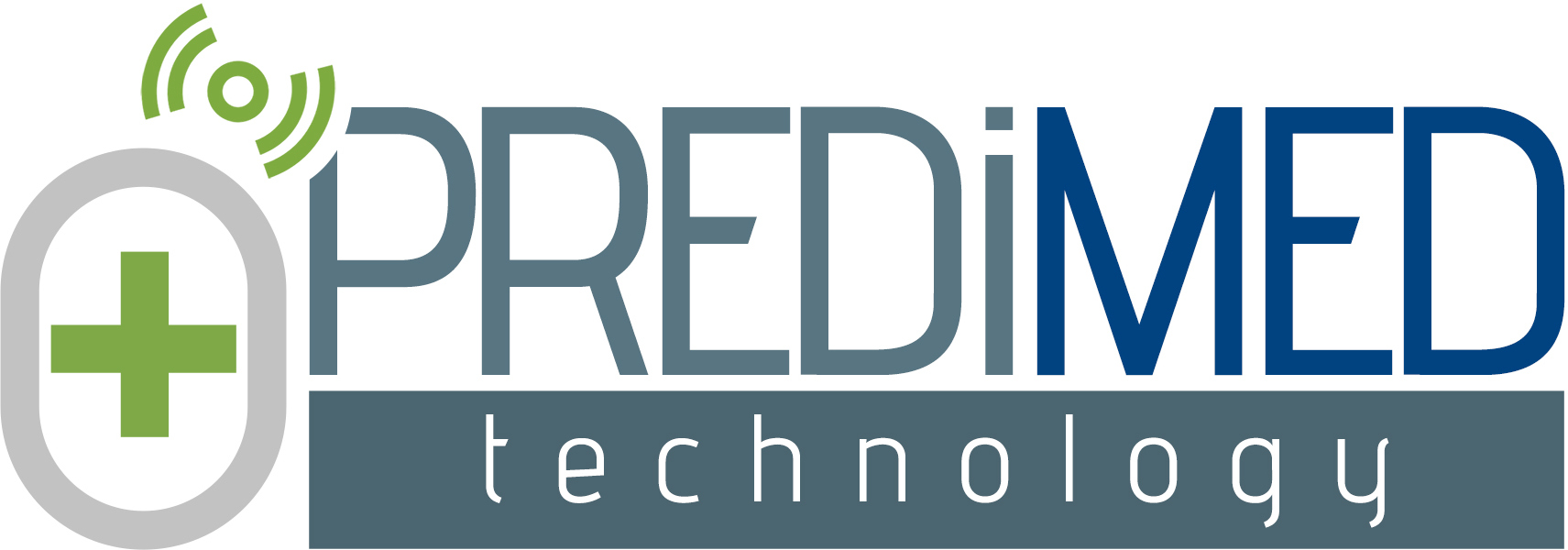Current Research and New Perspectives of Telemedicine in Chronic Heart Failure: Narrative Review and Points of Interest for the Clinician
Emmanuel Andrès, Samy Talha, Abrar-Ahmad Zulfiqar, Mohamed Hajjam, Sylvie Ervé, Jawad Hajjam, Bernard Gény and Amir Hajjam El Hassani
Journal of Clinical Medicine, 2018, 7, 544; doi:10.3390/jcm7120544
Abstract
Since the beginning of the 2000’s, several telemedicine projects and trials focused on chronic heart failure have been developed. The first telemedicine projects (e.g., TEN-HMS, BEAT-HF, Tele-HF, and TIM-HF)primarilyinvestigatedtelemonitoringorfortheolderones,telephonefollow-up. Numerous second-generation telemedicine projects have emerged in Europe over the last ten years or are still under development for computer science heart failure, especially in Europe, such as SCAD, OSICAT, E-care, PRADO-INCADO, and TIM-HF2.
Telemedicine : E-CARE
The E-care telemonitoring project fits within the telemedicine 2.0 framework, based on connected objects, new information and communication technologies(ICT)andWeb2.0technologies. E-careisthefirsttelemedicineprojectincludingartificial intelligence (AI). TIM-HF2 is the first positive prospective randomized study with regards to EBM with positive significant clinical benefit, in terms of unplanned cardiovascular hospital admissions and all-cause deaths. The potential contribution of second-generation telemedicine projects in terms ofmortality,morbidity,andnumberofhospitalizationsavoidediscurrentlyunderstudy. Theirimpact in terms of health economics is likewise being investigated, taking into account that the economic and social benefits brought up by telemedicine solutions were previously validated by the original telemedicine projects.


